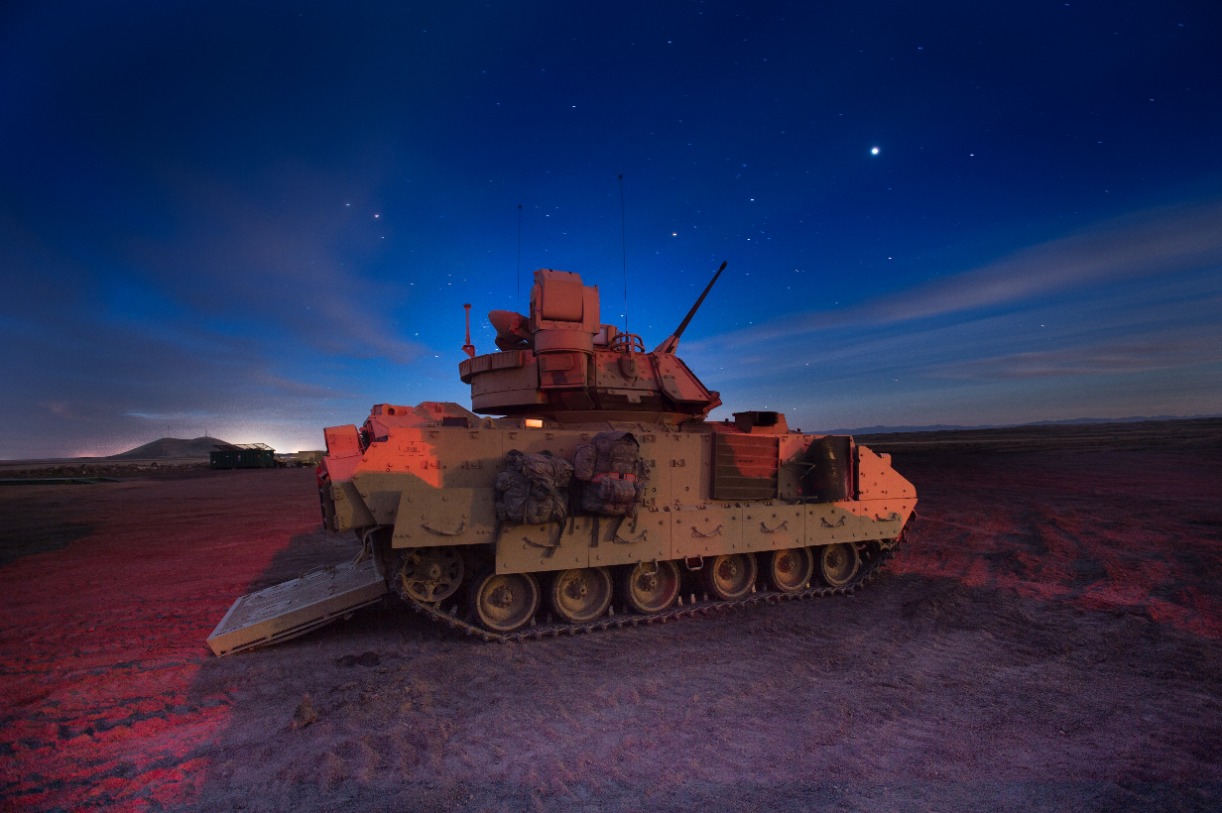The Hidden Consequences of Ukraine's Kursk 'Incursion'
The guile and guts of Ukrainian fighters in counterattacking Russian territory directly, with or without U.S. weapons, is a reminder to Ukraine’s allies that despite setbacks in the last twelve months, Ukrainians remain deeply dedicated to victory.
Any judgment of the wisdom of Ukraine’s seizure of Russian territory in the Kursk region on August 6, and its continuing occupation of now slightly more than 500 square miles of Russian territory and growing, must consider the wider context in which it has occurred. As Ukrainian armed forces emerge from the main battlefields in the country’s southeast, it appears that it may have been a wise tactical move if we consider how it fits with Ukraine’s broader strategic goals.

Assessing whether Ukraine’s audacious land grab of Russian territory was a wise decision depends on what we understand the goal to have been in doing so. Most analysts have viewed it as a desperate attempt to divert Russian forces to the area and away from the imminent seizure of the strategic town of Pokrovsk in Ukraine’s southeast. If this was Ukraine’s only goal, then the Kursk attack hasn’t been particularly successful. Russia has continued its slow but steady march toward Pokrovsk and is reportedly within just a few miles of the city at the time of writing.
However, Russian forces have not made significantly faster progress toward Pokrovsk since the Ukrainian operation in Kursk began more than a month ago. So, diverting a few thousand elite Ukrainian forces from that area to Kursk has not been disastrous for the defense of Pokrovsk either. The city may well fall to Russia imminently, but it won’t be because Ukraine diverted a small portion of its forces defending it to take territory in Kursk. The fact is that Russian forces already had an overwhelming advantage, estimated to be at least 4:1 in personnel, in Pokrovsk. They were moving toward the city before Ukraine’s August 6 attack on Kursk, and they continued to do so afterward, at roughly the same incremental pace.
Rather than focusing on the Kursk incursion as a failed diversionary attempt, therefore, it should be seen instead as one bold move in a more comprehensive Ukrainian strategy to bring the war to Russian soil. The Biden administration has prohibited Ukrainian forces from using most of the weaponry that the United States has provided to attack targets in Russia. However, there is no reason that Ukrainian forces cannot find other ways of attacking Russia directly.
Kursk as an Example
The Kursk incursion and occupation have also disrupted the complacency of most average Russians who thus far have not been directly affected by the war. This is an integral part of Vladimir Putin’s plan to ensure social peace within Russia as the war drags on. But the Kursk invasion has displaced about 150,000 Russian citizens, forcing them out of their homes and taking way away their livelihoods, but with minimal loss of life.
Russian conscripts who had been stationed there are now prisoners of war in Ukraine, and therefore available to Ukraine as bargaining chips for Ukrainian prisoners of war in Russia. The Russian government has so far dawdled in mounting a serious attempt to liberate the territory and once again, the Russian military has been made to look lumbering and slow relative to the mobile and stealthy Ukrainians. This makes Putin look weak and unprepared to defend the homeland.
Further, Ukraine has backed up the Kursk incursion with ongoing drone strikes ever deeper into the Russian heartland.
This week, for example, Ukraine launched hundreds of drones that hit targets in Moscow’s suburbs, destroying dozens of apartments, killing one woman, and forcing the temporary closure of three airports in the city’s southeast. In this way, the war has been brought not just to the doorstep of Russia, but through the front doors of the homes of thousands of its citizens hundreds of miles beyond Kursk. Whether this puts any pressure on Putin to negotiate to end the conflict remains to be seen, of course, but the war is now seeping ever deeper into Russia proper.
Regardless of its effect on Russian public opinion, the incursion and occupation of Russian territory provides Ukraine with some leverage when and if negotiations with Russia take place. Seen this way, the Kursk incursion is a hedge on the future for Ukraine’s leaders should a future Trump administration stop supplying their defensive effort.
Finally, the Kursk incursion must be understood as part of a broader Ukrainian strategy to ensure that their defense against Russian aggression stays in a crowded news cycle and remains top of mind for American policymakers in particular. Ukraine cannot fight against a genocidal opponent without European and especially American support. The guile and guts of Ukrainian fighters in counterattacking Russian territory directly, with or without U.S. weapons, is a reminder to Ukraine’s allies that despite setbacks in the last twelve months, Ukrainians remain deeply dedicated to victory.
We must match that commitment in providing them with what they need to win, not merely to survive.
About the Author
Kathryn Stoner, Mosbacher Director and Senior Fellow, Center on Democracy, Development, and the Rule of Law, Freeman Spogli Institute for International Studies, Professor of Political Science and Senior Fellow at the Hoover Institution, Stanford University.
Image Credit: Creative Commons and/or Shutterstock.


